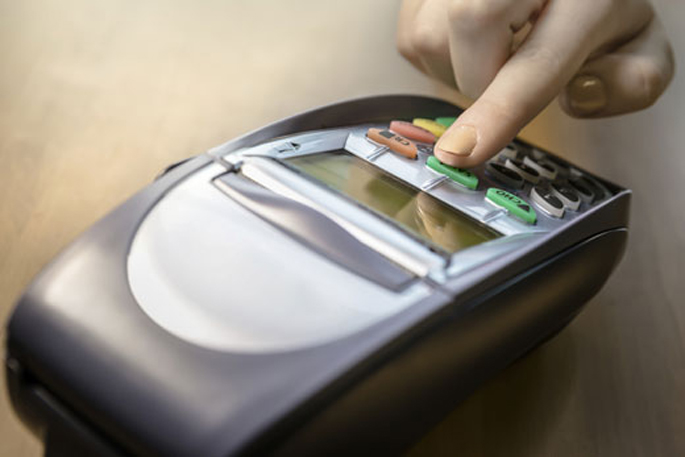Retail spending on durable goods remained at higher levels than 2019 for the third consecutive month according to Stats NZ.
The rise in spending was boosted by sales of furniture, hardware, and appliances, says Stats NZ.
'For a third consecutive month, card spending on the long-lasting goods remained at higher levels than last year, after falling sharply during April's COVID-19 lockdown when stores were shut,” says retail statistics manager Kathy Hicks.
In actual terms, spending on durables had the largest retail industry increase, up $259 million or 20 per cent compared with July 2019.
Retail spending using electronic cards reached $6.0 billion in July 2020, up $610 million from July 2019.
'Continued card spending in July coincides with New Zealand being in alert level 1 for a full month, with few restrictions compared with level 4 lockdown in April,” says Kathy.
Card spending rose for all but one of the six retail industries, with consumers spending more on groceries, clothing, hospitality, and cars excluding fuel than in July last year.
The second highest spending increase was in supermarkets, specialised foods, and liquor stores up $245 million compared with July 2019.
'Kiwis are continuing to spend up on groceries and beverage-related supplies following another month of loosened restrictions.”
Lower-level card spending, released to show the impacts of COVID-19, shows that the rise in hospitality was driven by the food and beverage services, up $92 million from July 2019.
'While accommodation spending remains low, New Zealanders' increased spending on eating out throughout the July month has boosted the hospitality industry,” says Kathy.
Accommodation spending saw a small rise over the month, coinciding with the July school holidays, where Kiwis had the freedom to travel domestically but were still unable to travel overseas.”
In actual terms, accommodation spending was down $30 million compared with July last year, reflecting the lack of international visitors.
At the combined hospitality industry level, retail card spending rebounded this July, up $62 compared with July 2019. This is the largest dollar value in hospitality for a July month since the series began.
The hospitality industry includes restaurants, cafes, bars, takeaways and hotels, motels, and holiday parks.
Fuel was the only retail industry that experienced a fall in July, down $44 million from July last year.
'The lower fuel sales may partially reflect a lower price at the pump compared with the same time last year,” says Kathy.



0 comments
Leave a Comment
You must be logged in to make a comment.